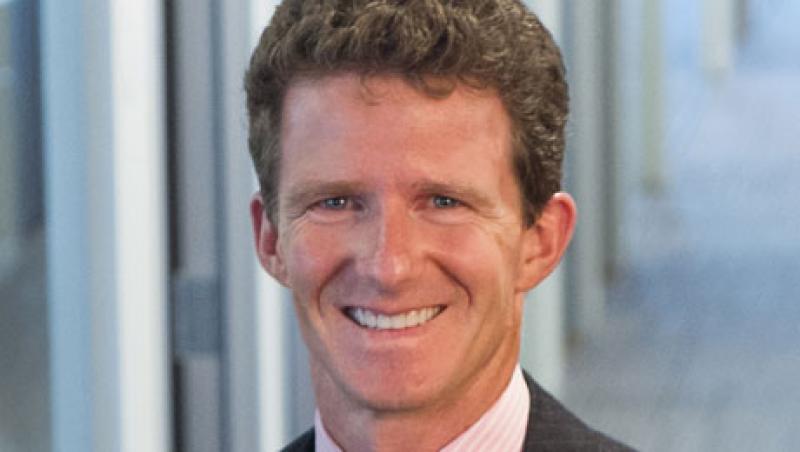
Willy Walker Takes the Long View on Commercial Real Estate
The CEO of real estate lender Walker & Dunlop discusses what to do with Fannie and Freddie and the recovering market.
Anne Szustek
March 31, 2014


